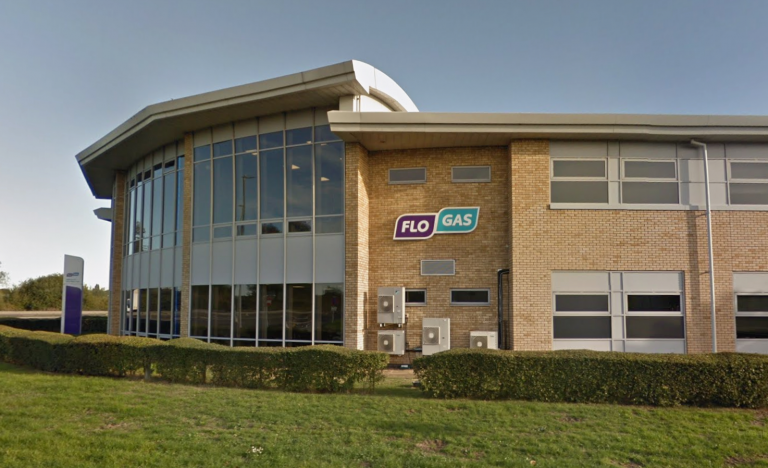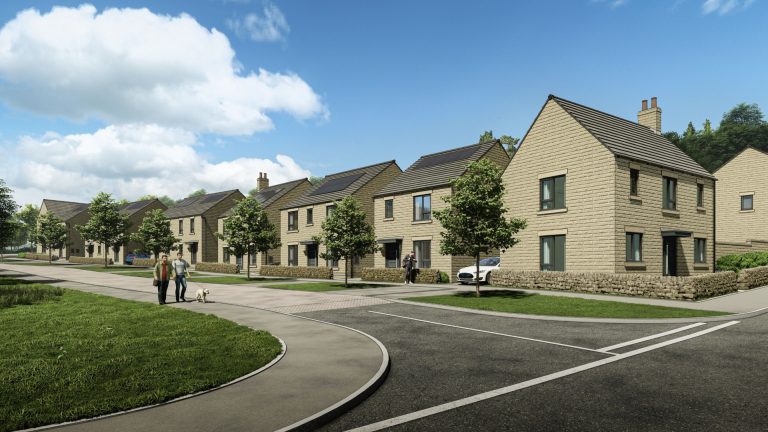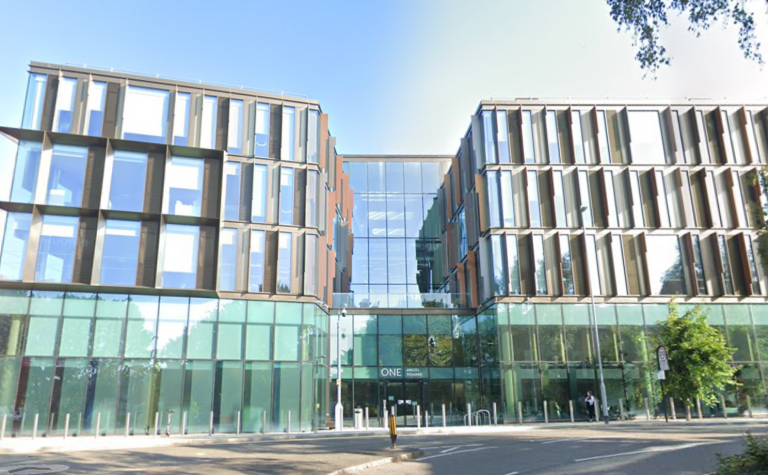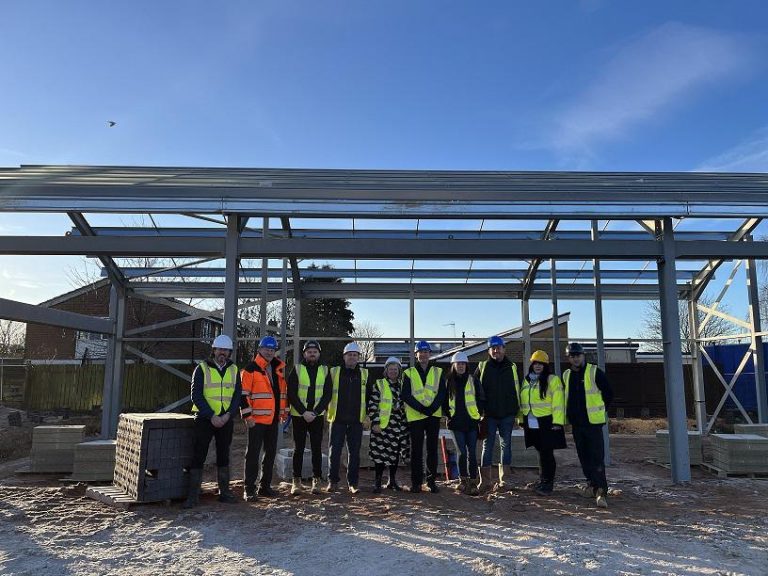Leicestershire energy solutions company snaps up energy management division
Planning granted for £20.35m residential scheme in Matlock
Housebuilder Honey will build 75 new one-, two-, three-, four- and five-bedroom homes in Matlock after being granted planning permission for a £20.35m development.
Called Hazel, the development is located opposite Matlock Golf Club on Chesterfield Road and will comprise maisonettes, terraces, semi-detached and detached properties.
The development is Honey’s second in Derbyshire, its first being a £14m, 50-new home development called Amber in South Normanton, near Alfreton.
Work on site at Hazel is scheduled to start in spring with the first residents expected to move into their new homes by the end of this year.
As well as providing new homes for the area, Honey is also making a £670,000 contribution to initiatives that will benefit the local community.
Honey Chief Executive Officer, Mark Mitchell, said: “Hazel generated a great deal of interest from prospective buyers from the moment we announced plans had been submitted.
“Our development will provide much needed new homes for people living in and around Matlock whether they are first time buyers, second steppers, families or downsizers.”
Since the start of the year Honey has secured three further sites across the East Midlands. The housebuilder has exchanged contracts on a site in Duckmanton and acquired sites in Edwinstowe and Killamarsh.
Subject to planning, these three sites will deliver 563 new homes with a combined gross development value of £170m.
YMCA Derbyshire encourages businesses to sleep out for one night, so other people don’t have to
East Midlands levelled down since 2010 with people £6,840 poorer on average
- Jobs boomed in most towns and cities after 2010, pulling more people into work. Overall, the East Midlands added 232,114 jobs since 2010. Derby and Mansfield had jobs growth of more than 15 per cent.
- But productivity growth – a key driver of wages – declined almost everywhere too. Productivity growth lagged pre-2010 performance in all cities in the East Midlands. Derby and Mansfield were less productive in 2021 than in 2010. Major places Northampton and Leicester struggled, hitting local incomes.
- Housing costs have increased in most places. High housing costs have left the average person with even less income left over to spend or save at the end of the month. Housing became less affordable in every large city and town in the East Midlands.
- The nature and prevalence of poverty has changed. Rates of children in relative poverty have risen in every city and Derby and Leicester are now two of six places in the country where more than one in three children live in households in relative poverty – as recently as 2014, there were none nationwide.
The most crucial factors to remember when choosing a solar partner and installer
2024 Business Predictions: David Roberts, owner and founder of JDR Group
2024 Business Predictions: Dan Taylor, Director at Ford & Stanley
Unexpected fall in corporate insolvencies ‘misleading’ as economic conditions remain tough
A month-on-month fall in the number of corporate insolvencies in England and Wales does not reflect current tough trading conditions, with the number of businesses becoming insolvent in the region likely to rise significantly throughout 2024.
This is according to the Midlands branch of the UK’s insolvency and restructuring trade body R3 and comes on the back of figures published by the Insolvency Service which show that corporate insolvencies decreased by 18.9% in December 2023 to a total of 2,002 against November’s total of 2,470.
Despite this, last month’s figure is an increase of 1.9% compared to the 1,965 corporate insolvencies in December 2022, and a rise of 34.4% in comparison with December 2021’s total of 1,490. Looking at pre-pandemic figures, the December 2023 statistic is 78.9% higher than the same month in 2019 (1,119).
R3 Midlands chair Stephen Rome, a partner at Midlands law firm Penningtons Manches Cooper, said: “The monthly fall in corporate insolvencies is due to a drop in Compulsory Liquidation, Creditors’ Voluntary Liquidation (CVL) and Administration numbers.
“The year-on-year rise in corporate insolvencies is driven by an increase in CVLs and a slight increase in Company Voluntary Arrangements, as the volume of businesses entering the other corporate insolvency processes fell compared to last December.
“These new figures are the highest for December in four years and reflect the final month of a difficult year. December was tough for many local businesses as they faced additional expenses at a time when margins were already tight. These won’t have been helped by a slowdown in consumer spending and a rise in energy prices.
“These extra costs could have been the final blow for many businesses and may have led to their directors turning to an insolvency process to resolve their firm’s financial issues.
“If the New Year trading period hasn’t improved on the one before Christmas, we could see insolvency numbers continue to rise, as businesses who had banked on a festive income boost to cover any financial shortfall turn to the profession for help.
“In such instances, directors should seek professional advice as soon as possible. This will give more potential solutions than acting only when problems become more severe.”
Green light given to West Northamptonshire Council office optimisation plans
Bellamy regeneration scheme takes shape
The £7.7m revitalisation of an estate in Mansfield is starting to take shape following the erection of the new shop parade steel structures.












